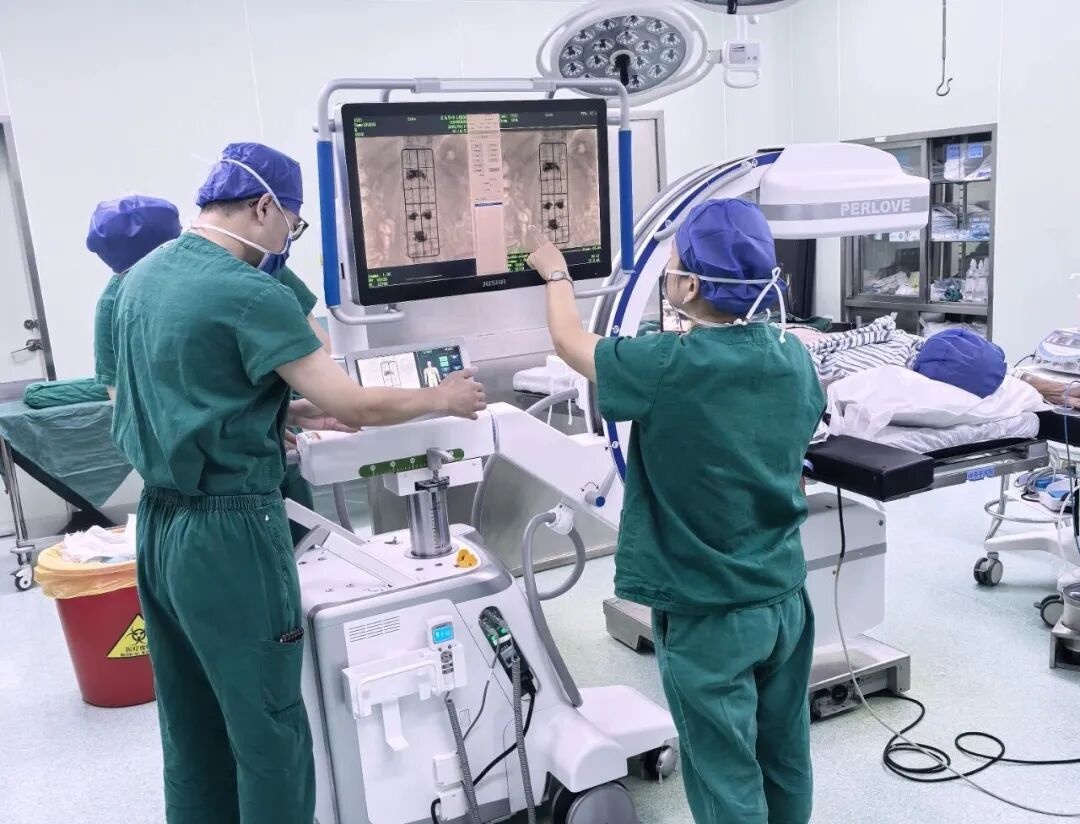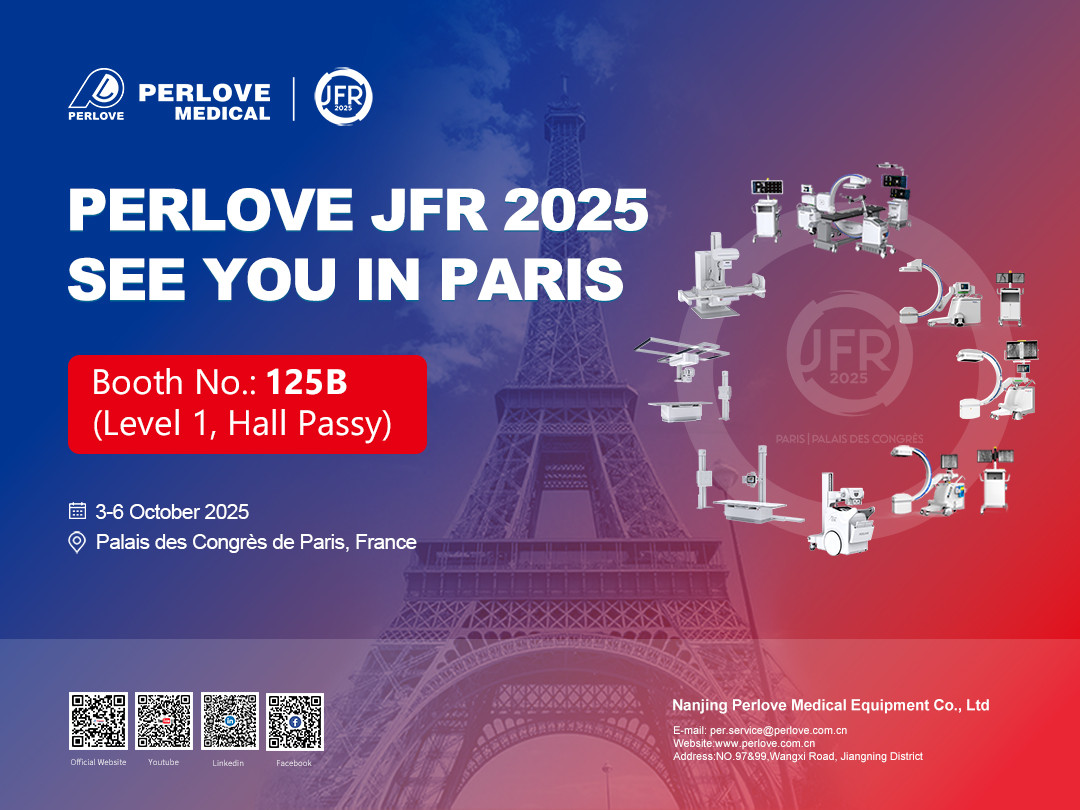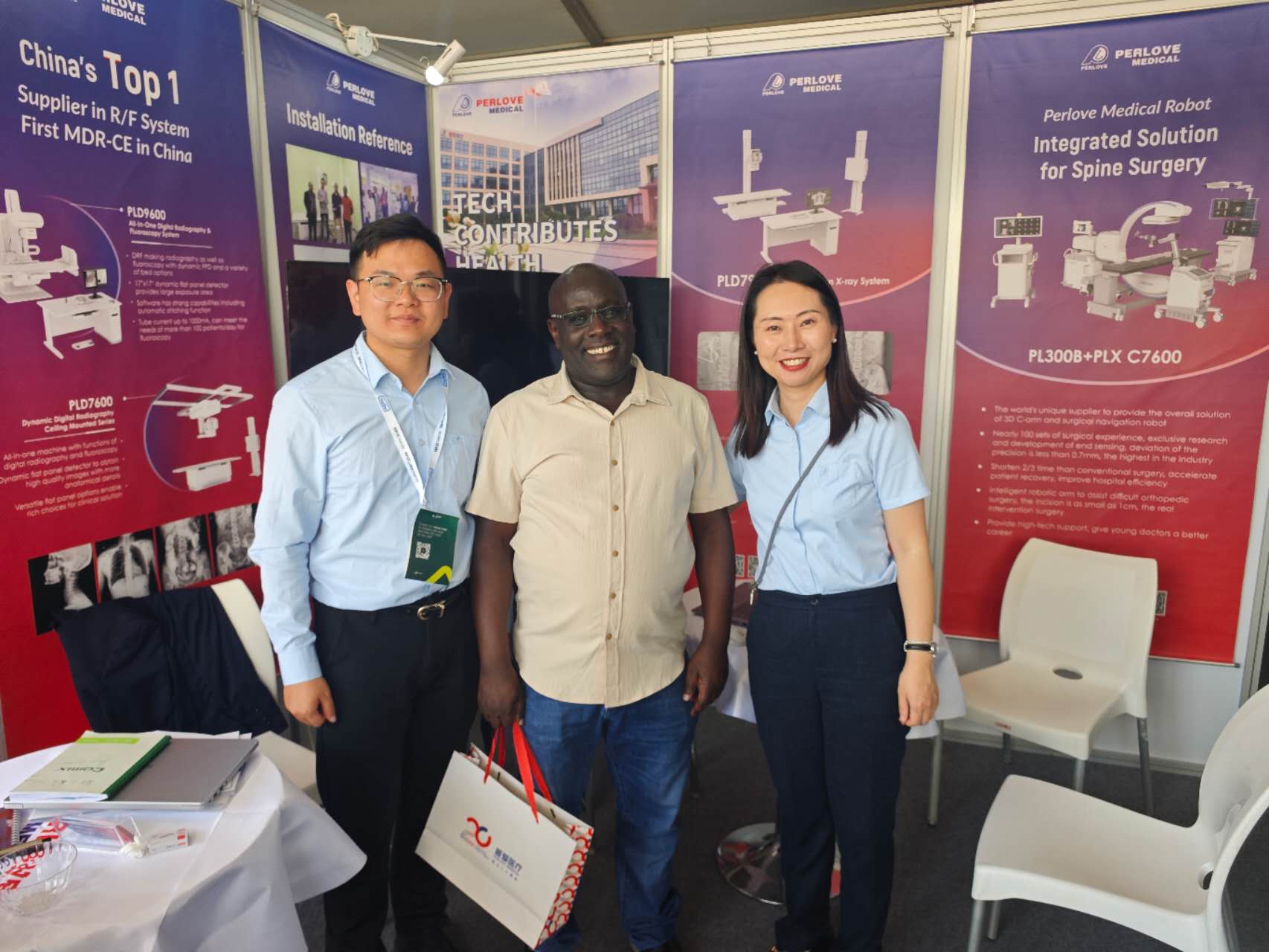News
2025-09-12 10:16:46 Views:522
【Respiratory Interventions, 3D Imaging Guidance】3D C-Arm Assists in Minimally Invasive Diagnosis and Treatment of Pulmonary Nodules Under Robotic Navigation
On August 29th, the team led by Professor Ly Tangfeng from the Department of Respiratory and Critical Care Medicine at the General Hospital of the Eastern Theater Command successfully performed a pulmonary nodule biopsy and cryoablation procedure under robot-assisted bronchoscopy navigation. This surgery combines robotic bronchoscope, cryoablation technology, and 3D C-arm (CBCT). By accessing the pulmonary lesions through the patient's natural airway, it has achieved a breakthrough in non-invasive approach and precise treatment. This innovation offers patients with pulmonary nodules a novel treatment option that is ultra-minimally invasive and allows for rapid recovery.

The patient is a male in his 70s with poor baseline physical condition and concomitant diseases such as liver cirrhosis, rendering him unable to tolerate conventional surgical resection.
Preoperative Preparation
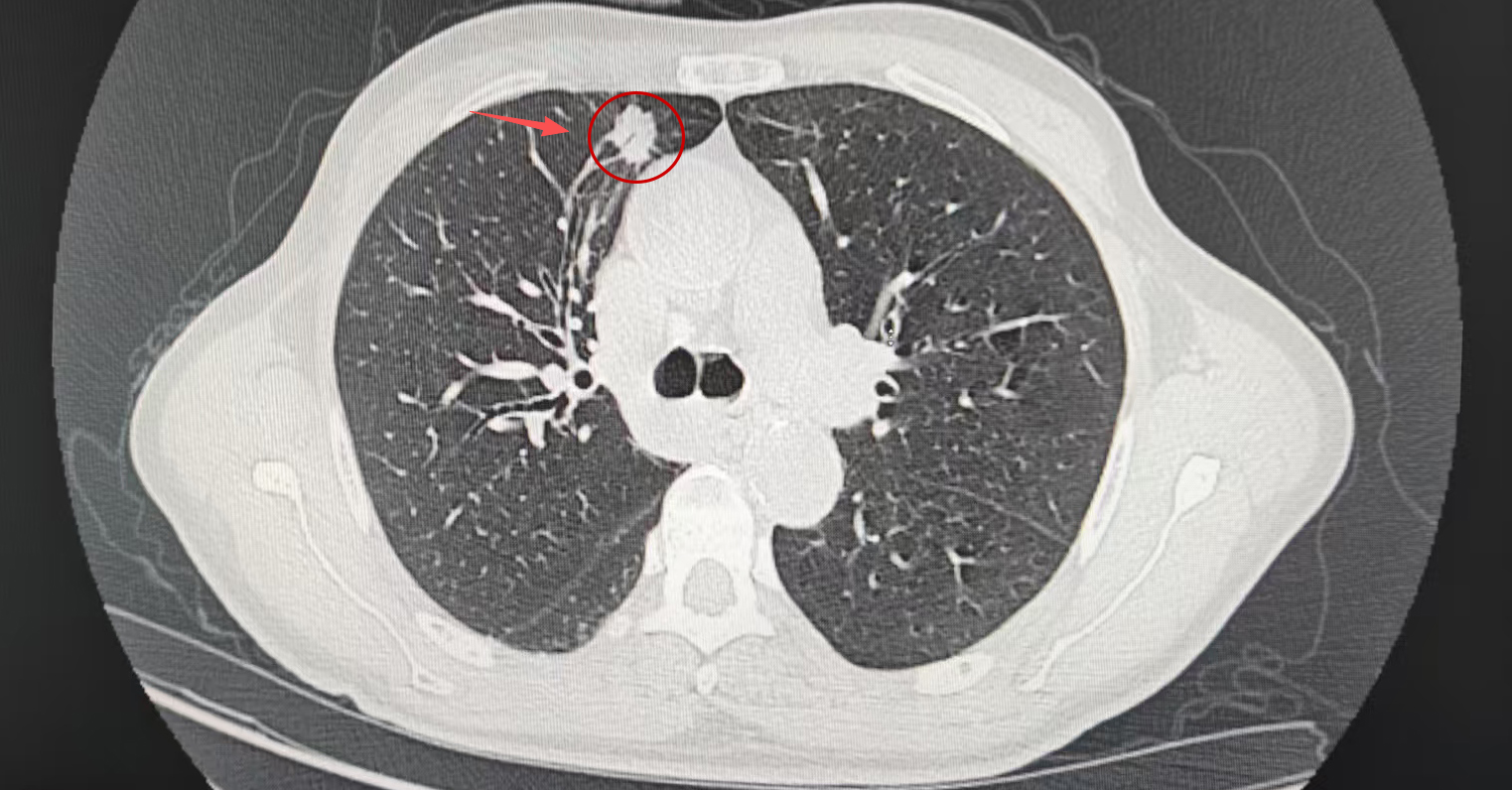
Patient's Preoperative CT Scan
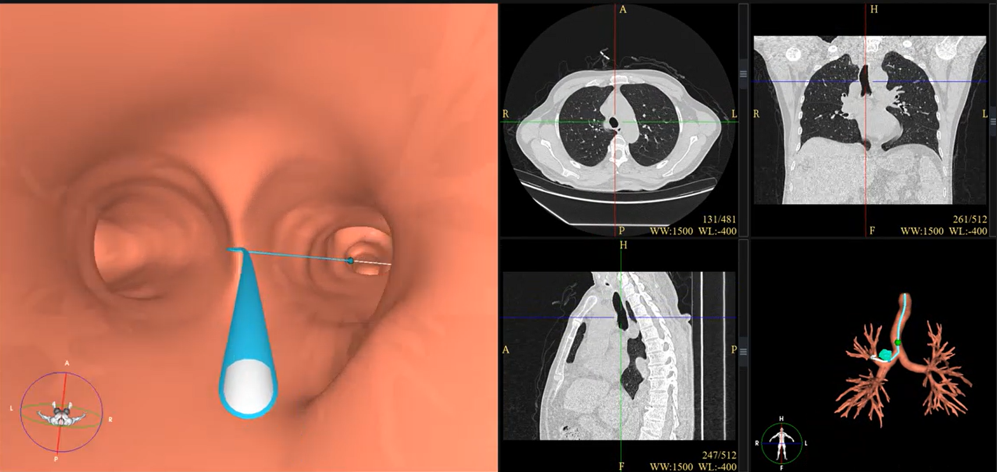
Robotic Bronchoscopy System Completes Path Planning
Intraoperative Operation
Under navigation guidance, the target lesion was approached, and catheter placement was preliminarily confirmed within the lesion area.
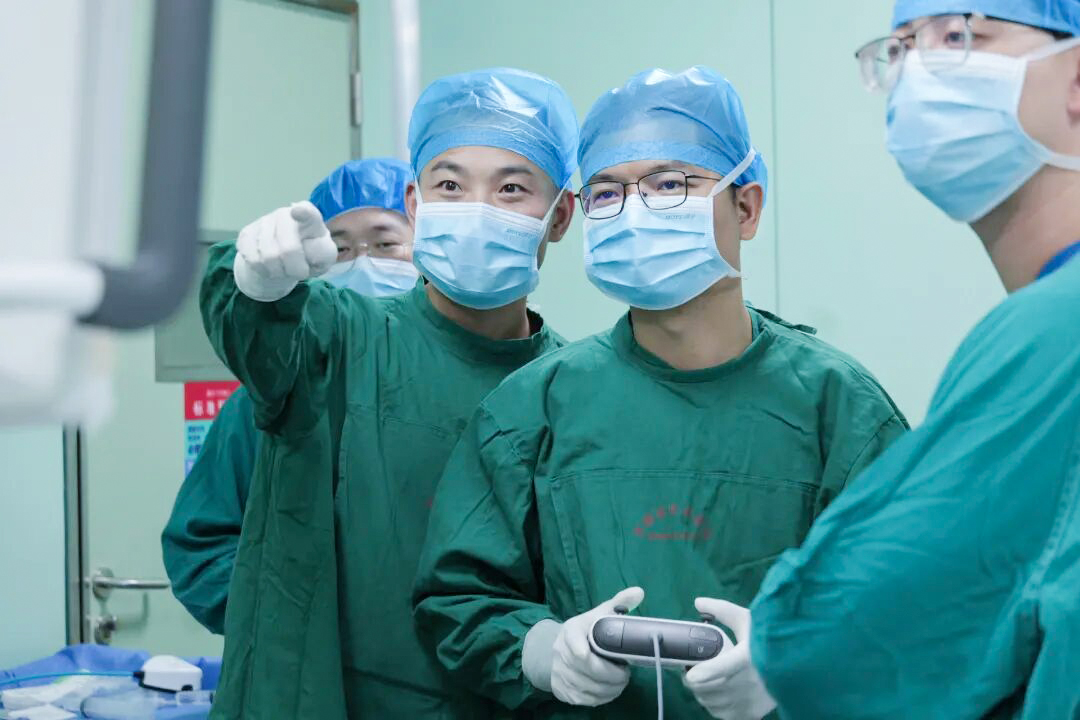
The catheter position was confirmed to be central within the lesion, initially with ultrasound and subsequently verified with a 3D C-arm (CBCT) system from Perlove Medical.

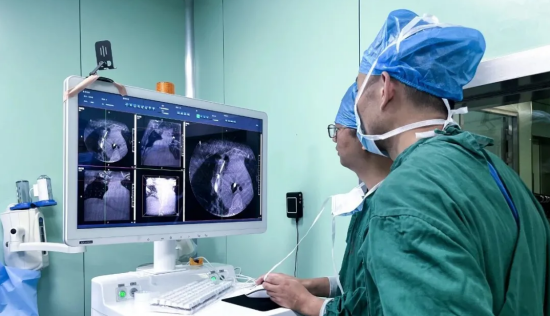
Confirmation of catheter position by 3D C-Arm (CBCT)
Following the precise biopsy of the pulmonary nodule, rapid pathological analysis indicated pulmonary adenocarcinoma, prompting immediate cryoablation therapy. During the freezing cycle, the probe achieved a minimum temperature of -150°C, generating an ice ball approximately 3 cm in diameter. Three complete freeze-thaw cycles were performed to ensure complete tumor ablation.
The entire procedure was successfully completed, and the patient recovered well after surgery.
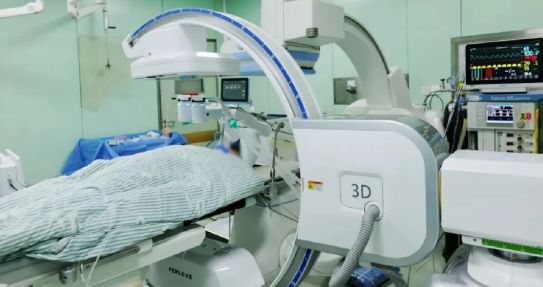
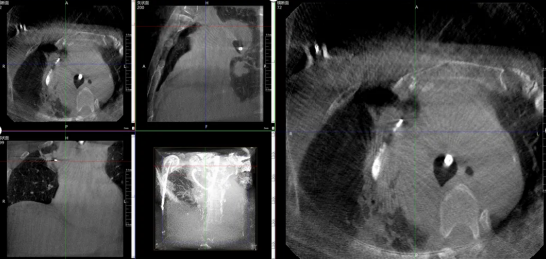
3D C-Arm (CBCT) Confirmation of Complete Ablation
The bronchoscopic robotic system deeply integrates 3D C-Arm (CBCT) and radial-endobronchial ultrasound (R-EBUS) for precise navigation. Combined with stable catheter positioning and fully visualized biopsy procedures, real-time localization error is ≤5 mm, and the biopsy success rate exceeds 90%.
Furthermore, by integrating intraoperative rapid on-site evaluation (ROSE) and ablation therapy, the platform provides a novel minimally invasive treatment option for elderly high-risk patients with lung cancer. This advancement facilitates the broader adoption of early lung cancer diagnosis and treatment, demonstrating the significant clinical value of precision medicine.
-
【All-in-One C-arm with a Large Flat Panel Detector】 Assists in Multi-Segment PKP
Read More » -
Perlove Medical to Showcase Innovative Imaging Solutions at RSNA 2025
Read More » -
Perlove Medical Successfully Concludes Participation at Medic East Africa 2025
Read More » -
Another International Milestone! Multiple Perlove Medical Devices Achieve MDR CE Certification
Read More » -
Discover Innovation at Medic East Africa 2025 in Nairobi, Kenya!
Read More » -
JFR 2025 in Paris Concludes Successfully – Perlove Medical Highlights
Read More »



